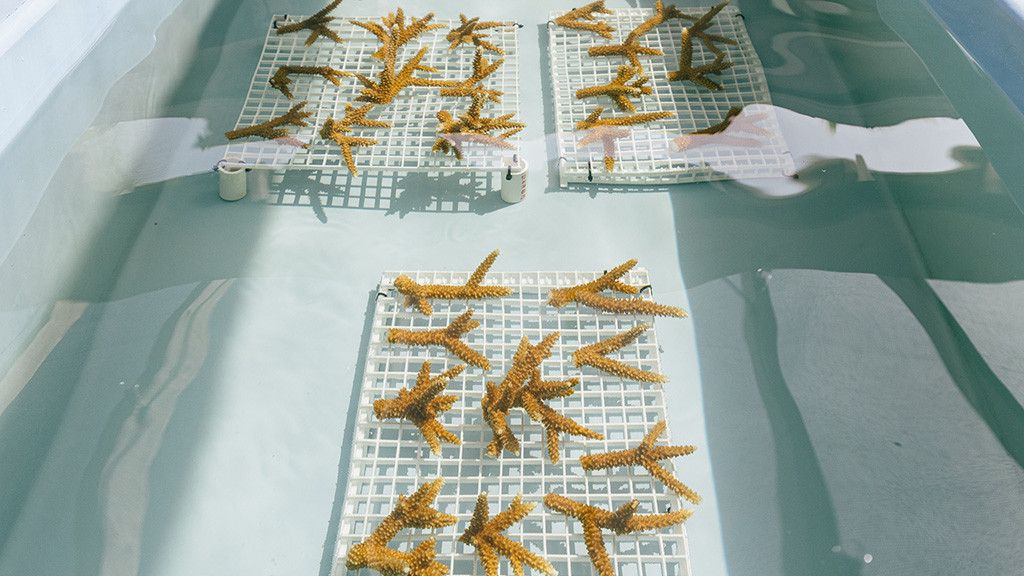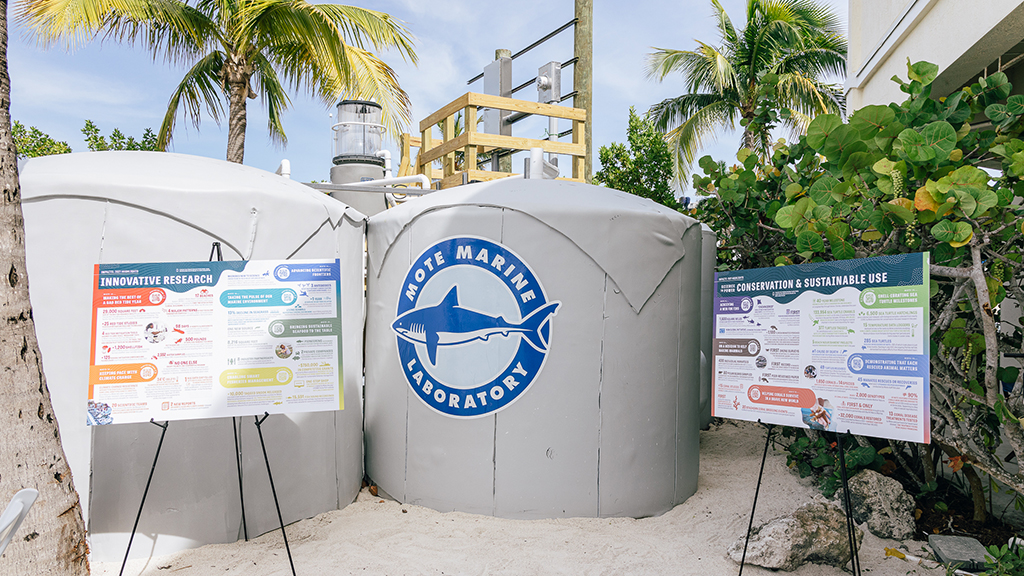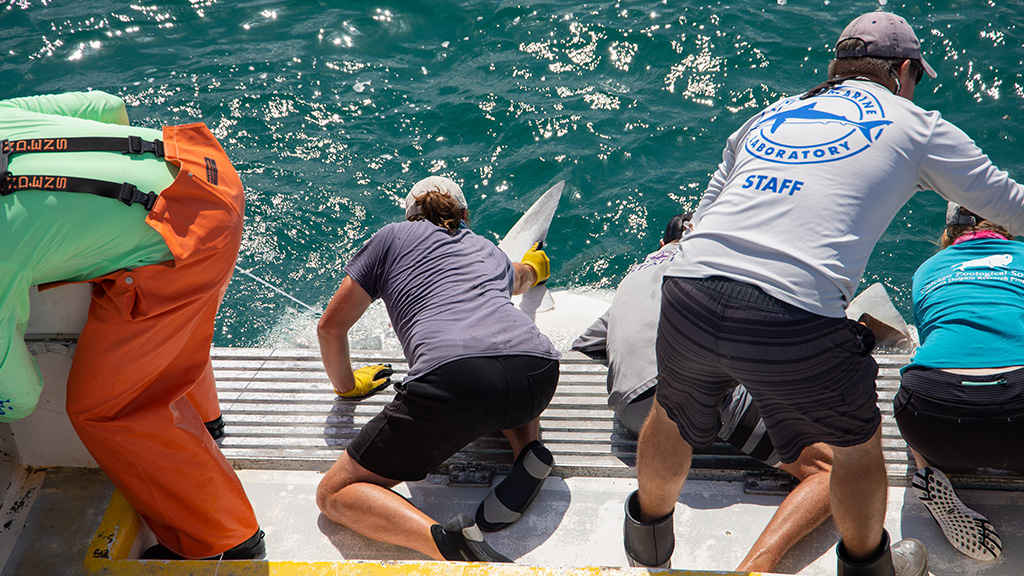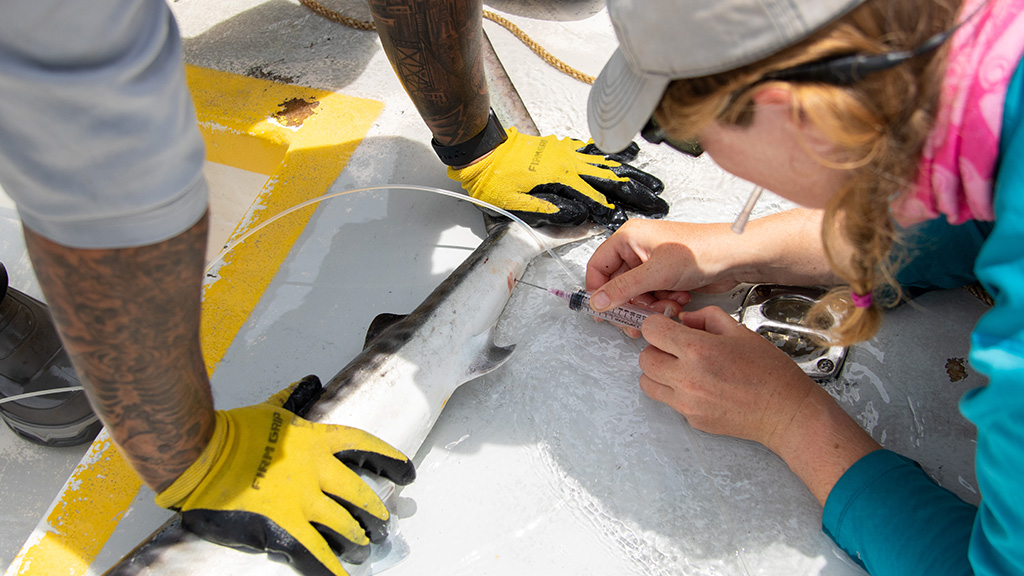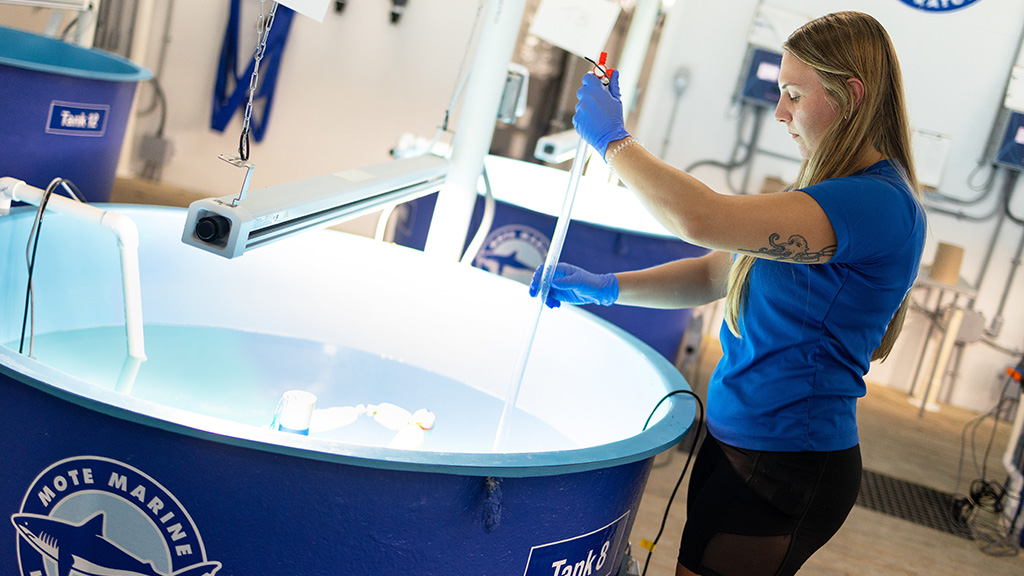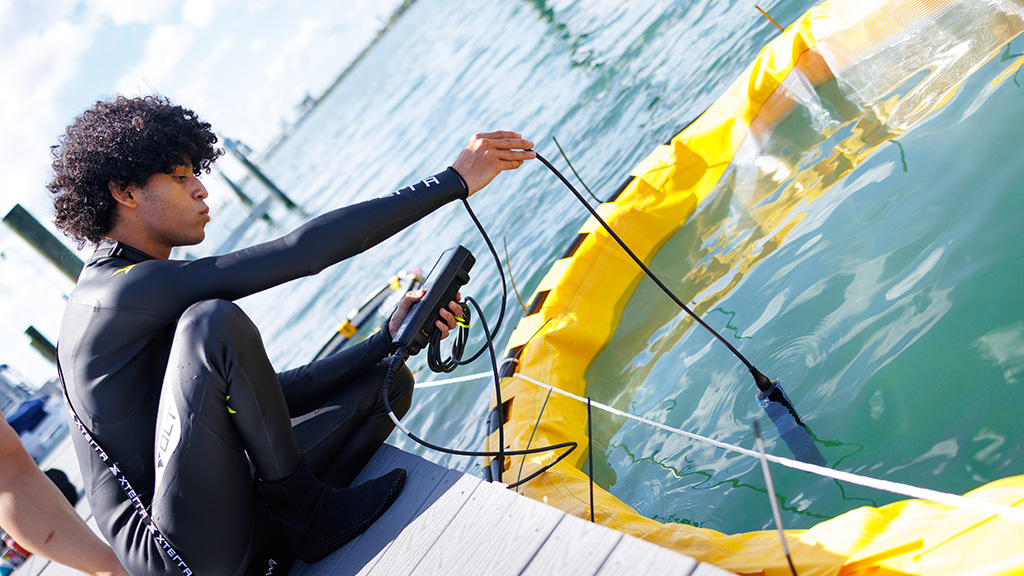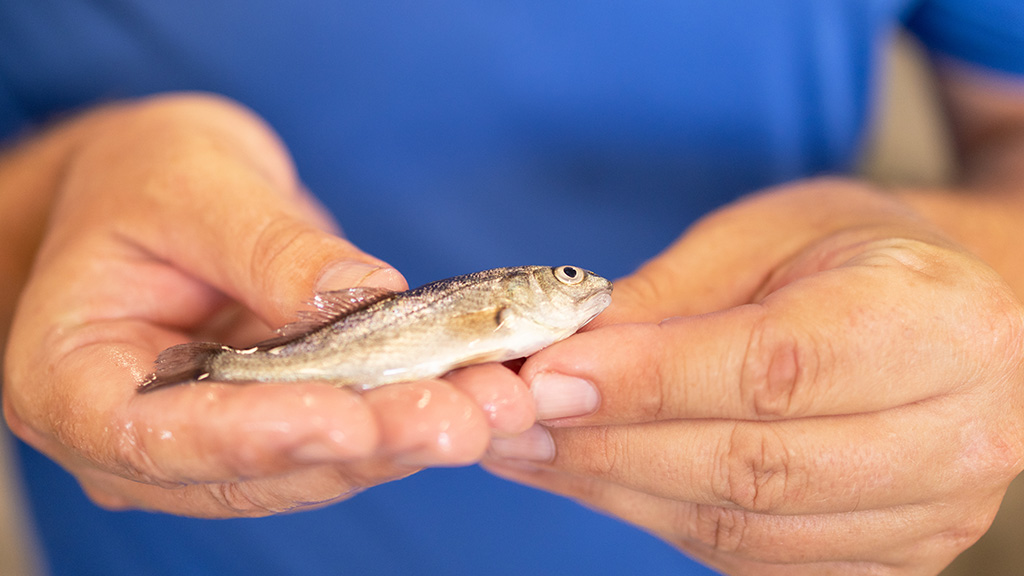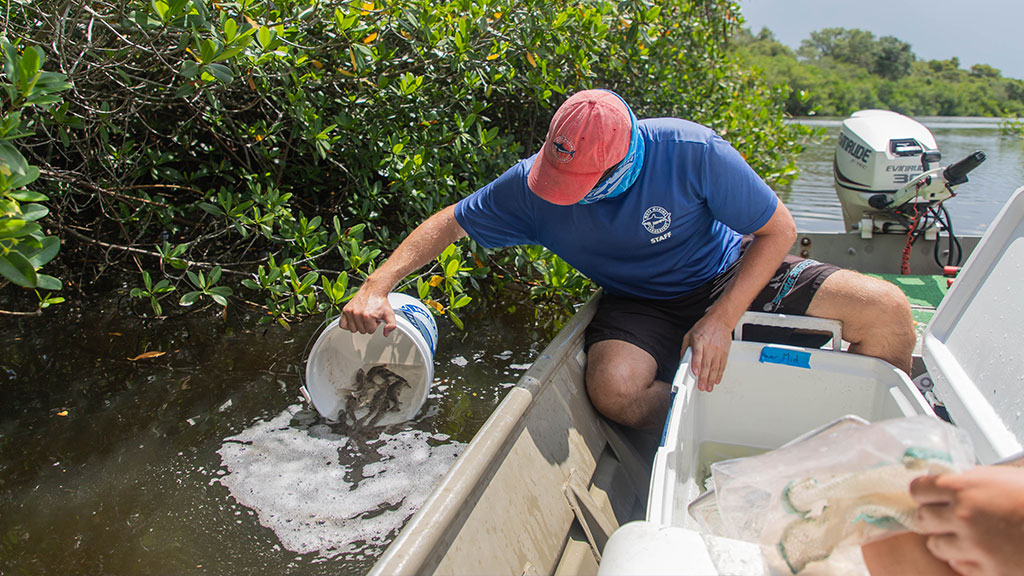
Mote Marine Laboratory’s Coolest Conservation Projects Across Florida
- Opal Gems
- Across Opal
- Florida Keys
- Reefhouse Resort & Marina
- Florida Gulf Coast
- Zota Beach Resort
- The Resort at Longboat Key Club
- Lido Beach Resort
Think Mote is just an aquarium headquartered in Sarasota, Florida? We un-muddy the waters to introduce you to what is actually a world-renowned marine research lab, boasting cutting-edge conservation projects from innovative science-based coral and seagrass restoration to technological development for destroying harmful red tide algal blooms and so much more.
A 135,000-gallon shark habitat, a resident beloved manatee named Buffet, and touch tanks rife with rays and reef animals. It’s hard not to get excited about what awaits you at the Mote Aquarium, located no more than 10 minutes from Opal properties, The Resort at Longboat Key Club, Lido Beach Resort, and Zota Beach Resort.
But Mote is so much more than this one – albeit impressive – aquarium site. It’s a world-renowned global marine research institution, leading more than 27 diverse research and technology development programs. In fact, more than 42 Ph.D. scientists make up the nearly 300-person staff based across eight Mote campuses stretching from Sarasota Bay through the Keys.
How do we know all this? Opal Collection partners with Mote, particularly to support their cutting-edge coral restoration efforts (more on that below). After all, majority of Opal’s resort destinations are set right on the ocean – conservation of these critical environments is close to our heart and something we actively take part in. And we’d love for our guests to get invested in this kind of work, too.
With that in mind, we take a look at just a few of Mote’s projects making big waves in the world of ocean conservation.
CORAL “GARDENS” GALORE THROUGHOUT THE KEYS
Your garden might be home to roses or pansies. Mote’s “gardens” host coral – specifically, we’re referring to the combination of land-based and underwater nursery sites scattered throughout the Keys that grow disease-resistant and heat-tolerant coral fragments. Why? Because these little guys – once transplanted – play a key role in bringing the dead or damaged coral of Florida’s Coral Reef back to life and saving them from extinction. And it comes at a critical time too: This 350-mile track of reef stretching from the St. Lucie Inlet down to Dry Tortugas had lost all but two percent of its living coral cover in recent decades.
Since starting the program in 2008, Mote scientists have produced and outplanted just over 200,000 corals – and that’s a number they hope to double in the next four years thanks to donations from Opal and a recent grant from National Oceanic and Atmospheric Administration (NOAA). Want to see the coral cuttings up close? You can when you visit or stay at Opal’s Reefhouse Resort & Marina in Key Largo, home to a Mote land-based nursery and the first and only one in Key Largo. Here, 20 fiberglass tanks, called “raceways,” produce between 6,000 and 10,000 coral fragments per year for Mote’s outplanting efforts.
SHARK SCIENCE THAT DATES BACK TO MOTE’S BEGINNINGS
There’s a reason the Mote logo is emblazoned with the outline of a great white shark: The study of sharks was actually the lab’s original area of research when it was first founded in 1955 by the late Eugenie “Genie” Clark. Famously known in the science world as the “Shark Lady,” Clark not only spearheaded Mote’s investigations into whale shark behavior and ecology along the Florida Gulf Coast, but she spent a great deal of time raising awareness about the essential role these “gangsters of the deep” – as she referred to them – play in a healthy ocean ecosystem.
Today, Mote continues its nearly 70-plus-year legacy of shark research and science-based conservation programs, earning it the title of the nation’s only Center for Shark Research from the U.S. Congress. Even more exciting, recent shark population surveys conducted in Florida report that the same species (bull, great hammerhead, and sandbar sharks) that were once dwindling during Clark’s era in the ’70s and ’80s are finally returning to healthy levels, a direct result of Mote’s continued science-based policies and management strategies.
KEEPING RED TIDE AT BAY
The term “bloom” may conjure images of vibrant flowers and lush gardens, but in the context of marine biology, a bloom is often not something you want to encounter. Referred to as “red tide,” harmful algal blooms occur when colonies of algae grow out of control while producing toxic or harmful effects on marine wildlife, as well as humans. In short: it doesn’t make for a pleasant day on the beach.
But thanks to Mote’s work on The Florida Red Tide Mitigation & Technology Development Initiative, done in conjunction with the Florida Fish and Wildlife Conservation Commission (FWC), Florida is now looking at more than a dozen new promising methods to combat red tide. One example includes the use of a mobile water treatment system used in canals that processes up to 4,000 gallons of water per minute, cleansing it of red tide while allowing other marine life to thrive. Another solution utilizes a process called “clay flocculation,” essentially spraying a surface of open ocean with clay particles and seawater to kill and bury red tide cells in the seafloor sediment.
FISH FARMING THAT IS ECO-FRIENDLY
Imagine visiting your favorite Florida-based seafood restaurant and there is no seafood on the menu. Or going out on a multi-day fishing trip and the ocean is devoid of catch. Sadly, many fisheries around the world – including sportfish and seafood species – are struggling to keep pace with the pressures of our growing human population.
That’s why the work being conducted under Mote’s Marine & Freshwater Aquaculture Research Program is so critical. But we’re not talking some meager restocking efforts. Located in eastern Sarasota, at their 200-acre, state-of-the-art Aquaculture Research Park, Mote is pioneering innovative technologies to produce fishes and invertebrates to meet our growing national demand for seafood, as well as restore depleted recreational and commercial stocks. What kinds of cutting-edge technology? Mote scientists have developed recirculating aquaculture systems that raise freshwater and saltwater fish while recycling close to 100 percent of the water. They’re not just developing spawning, larval, fingerling, and grow-out culture methods for a range of species (think Common and Pacific snook, Florida pompano, southern flounder, greater amberjack, red drum, red snapper, Caribbean king crab, and more), but it’s being accomplished in the utmost sustainable manner.


